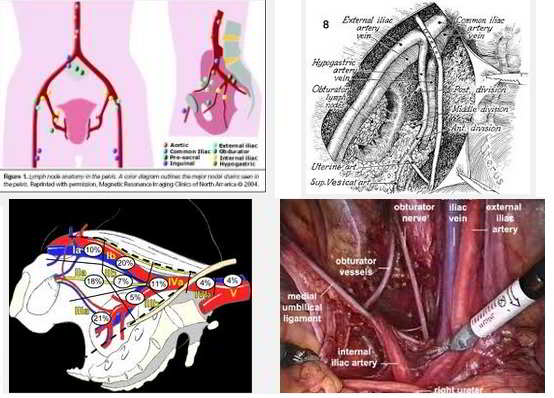
Smith and Tanagho's General Urology 2012 310.ĥ. Urothelial carcinoma: cancers of the bladder, ureter, & renal pelvis. Epidemiological characteristics of squamous cell carcinoma and adenocarcinoma of the bladder. Kantor AF, Hartge P, Hoover RN, Fraumeni JF. Available at: der/patient/bladder-treatment-pdq. In addi - tion, the use of FDG-PET/CT during the restaging process contributes to the management of maximum number of patients Conclusion: Despite physiological urinary tract uptake, FDG-PET/CT is superior to other imaging mo - dalities not only in distant localizations but also in evaluating pelvic lesions and lymph nodes. FDG-PET/CT also caused three radical cystectomies, one partial cystectomy, and one urethrectomy in patients who had not under- gone any operational procedure previously. In 13 patients, malignancy was excluded in suspicious lesions and unnecessary advanced examination and treatment were avoided. In 16 patients, it caused upstaging and commencement of advanced treatment methods. FDG-PET/CT changed the treatment approaches in 34.9% (29/83) of patients. FDG-PET/ CT also revealed 8 of the 12 local lesions that were detected by radiological methods and showed ad - ditional lesions in four patients that could not be demonstrated by radiological methods. Following lymphatic localization in FDG-PET/CT and CT, metastases were found most frequently in the lung and bone regions. Lymph node metastasis was detected most commonly in the pelvic region with all modalities. Lymph node metastases was detected with FDG-PET/CT in 37/83 patients, with computed tomography in 28/80 patients, and with magnetic resonance imaging in 6/19 patients.

Results: The most frequent metastasis was observed in lymphatic localizations in all imaging methods. Fur - thermore, the rate of change of the management and treatment modalities of patients after FDG-PET/CT were noted.
#PELVIC LYMPH NODES SERIAL#
Positive lesions were confirmed by biopsy or serial radiological imaging. Positive lesion sites were detected and compared in all imaging modalities. Material and methods: A total of 83 patients who showed suspicious lesions with radiologic methods and FDG-PET/CT images were enrolled in the study. Objective: To compare the diagnostic role of Florine-18 2-fluoro-2-deoxy-D-glucose-Positron emission tomography/computed tomography (FDG-PET/CT) in the restaging of bladder cancer with other radio - logical methods and to determine its effect on the treatment management of patients with bladder cancer.


 0 kommentar(er)
0 kommentar(er)
